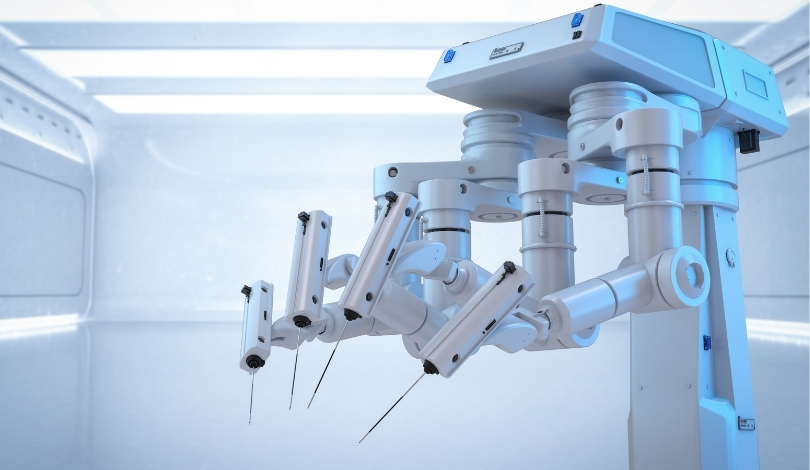A leading force in collaborative and autonomous robotics, Teradyne Robotics saw its revenue for the second quarter of 2025 reach $75 million, as the sector continues to navigate an uneven global marketplace. While the company achieved quarter-on-quarter growth, year-over-year figures tell a different story, highlighting persistent demand-side challenges for automation technology providers. The UR15, the fastest-ever collaborative robot from Universal Robots, was exhibited earlier in 2025, demonstrating the group’s commitment to technical advancement. Several organizations in the robotics industry continue to prioritize resource optimization, and many are expanding regionally in efforts to offset slower capital investment cycles.
Both Teradyne Robotics and peers such as Yaskawa, FANUC, and ABB are working through ongoing softness in demand caused by delayed investments and macroeconomic uncertainties. Other recent reports underscored similar industry trends, emphasizing cautious capital expenditure among customers and weaker-than-expected growth, especially in Asian markets, even before the latest quarterly results. Manufacturers have cited slowdowns in customer spending, inflation pressures, and operational adjustments, suggesting that sector-wide recovery may take additional time to materialize, even as new products and strategic expansion remain in focus.
How Did Teradyne Robotics Perform in Q2?
For Q2 2025, Teradyne Robotics registered a 9% increase in sales compared to the previous quarter, though revenues dropped 17% compared to the same period last year. Universal Robots reported $63 million in revenue, providing 84% of the group’s total. Mobile Industrial Robots contributed $12 million. The company attributes the year-over-year drop to extended sales cycles and prudent capital investment, especially from manufacturing clients.
What Strategic Moves Is the Company Making?
In response to shifting market dynamics, Teradyne Robotics underwent a structural reorganization, integrating its customer-facing teams from Universal Robots and MiR in early 2025. According to CEO Greg Smith, the realignment has already led to improved operational performance:
“Recall that we executed a structural reorganization that consolidated the customer-facing sales, marketing and service organizations of UR and MiR in the first quarter of 2025.”
Layoffs affecting approximately 10% of staff this year also aimed to position the group more competitively in the current climate. Leadership transitions within both business units were carried out to strengthen execution and focus.
How Is Teradyne Robotics Positioning for Growth?
To capture new opportunities, Teradyne is pursuing large-scale customer partnerships and local manufacturing expansions. The group has announced plans to establish a U.S. manufacturing site and continues its growth in China after opening a dedicated facility there for the UR7e and UR12e cobot models. Discussing ongoing challenges and outlook, CFO Sanjay Mehta remarked:
“Our second quarter operating results were better than the first quarter, and we expect the second half of the year to be better than the first half… We expect the weak market to persist and do not expect Robotics to break-even this year.”
These efforts frame Teradyne’s bid to strengthen its footprint in major global robotics markets despite continued uncertainty.
Other large robotics providers, including ABB and FANUC, have similarly reported decreased sales and persistent customer hesitance, with global supply chains and tariff-related uncertainty impacting order flows. Yaskawa, meanwhile, experienced a smaller revenue decline but pointed to robust project pipelines in select regional markets like South Korea and Japan. Across the sector, manufacturers are leveraging efficiencies, expanding product lines, and recalibrating market strategies in response to these evolving challenges.
Shifting capital spending and delayed project decisions continue to weigh on robotics industry performance worldwide. Manufacturing end-markets are slow to rebound, and market leaders like Teradyne Robotics are balancing short-term cost controls with long-term strategic investments including regional production hubs and sales integration. For companies and professionals in automation, understanding the tempo of these market cycles, as well as the ways organizations like Teradyne adjust their strategy, offers practical context for both current planning and future growth expectations. As companies further localize production and integrate operations to reduce overhead, measured innovation and targeted expansion may yield more stable growth even during volatile economic periods.










